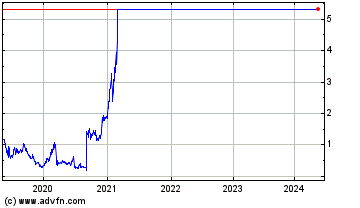Sunesis Pharmaceuticals (NASDAQ:SNSS)
Historical Stock Chart
From Aug 2019 to Aug 2024


